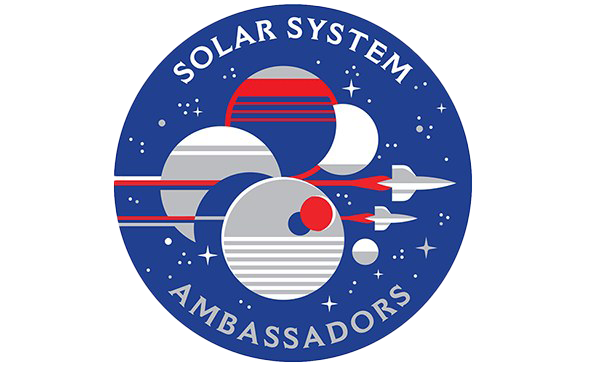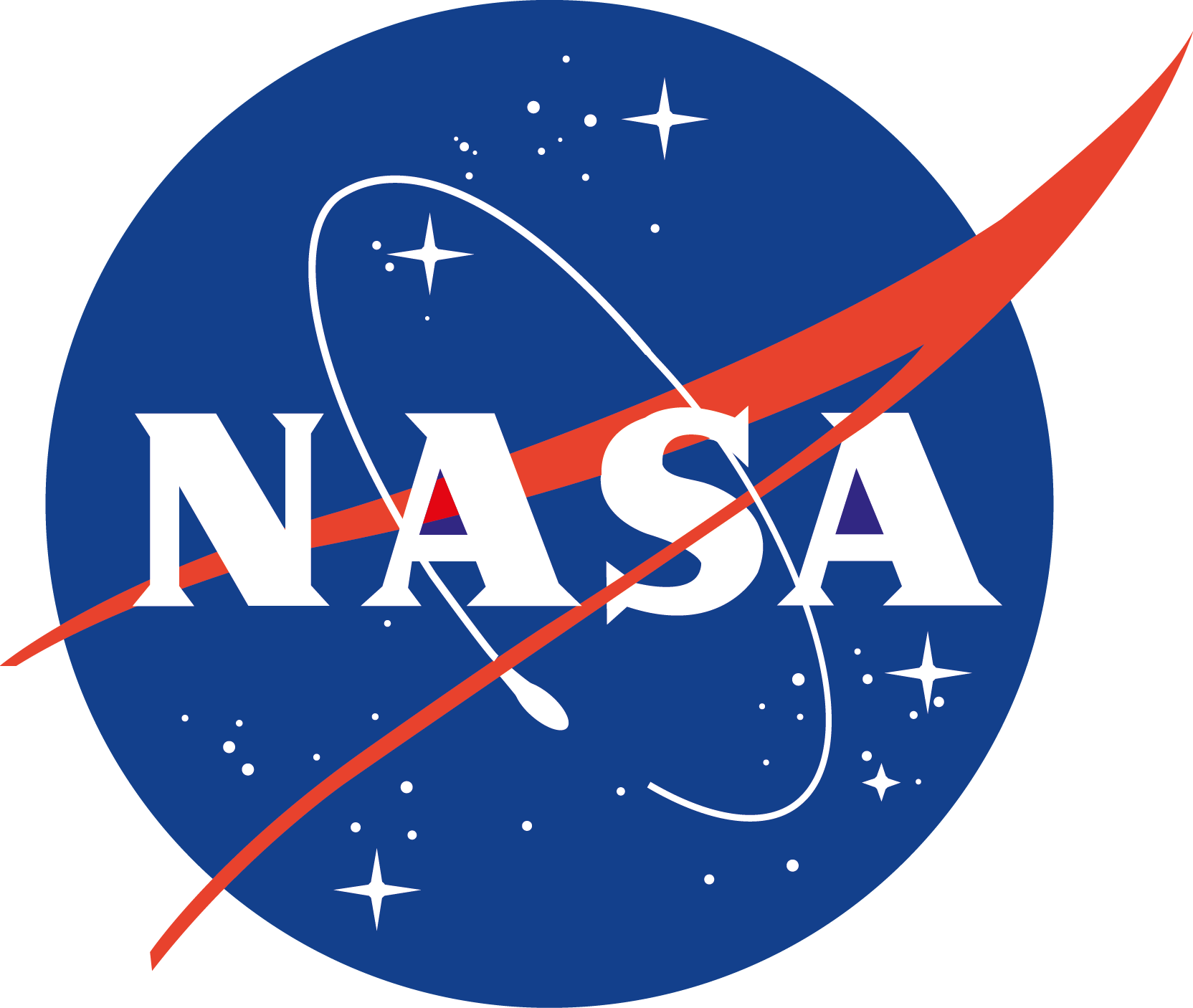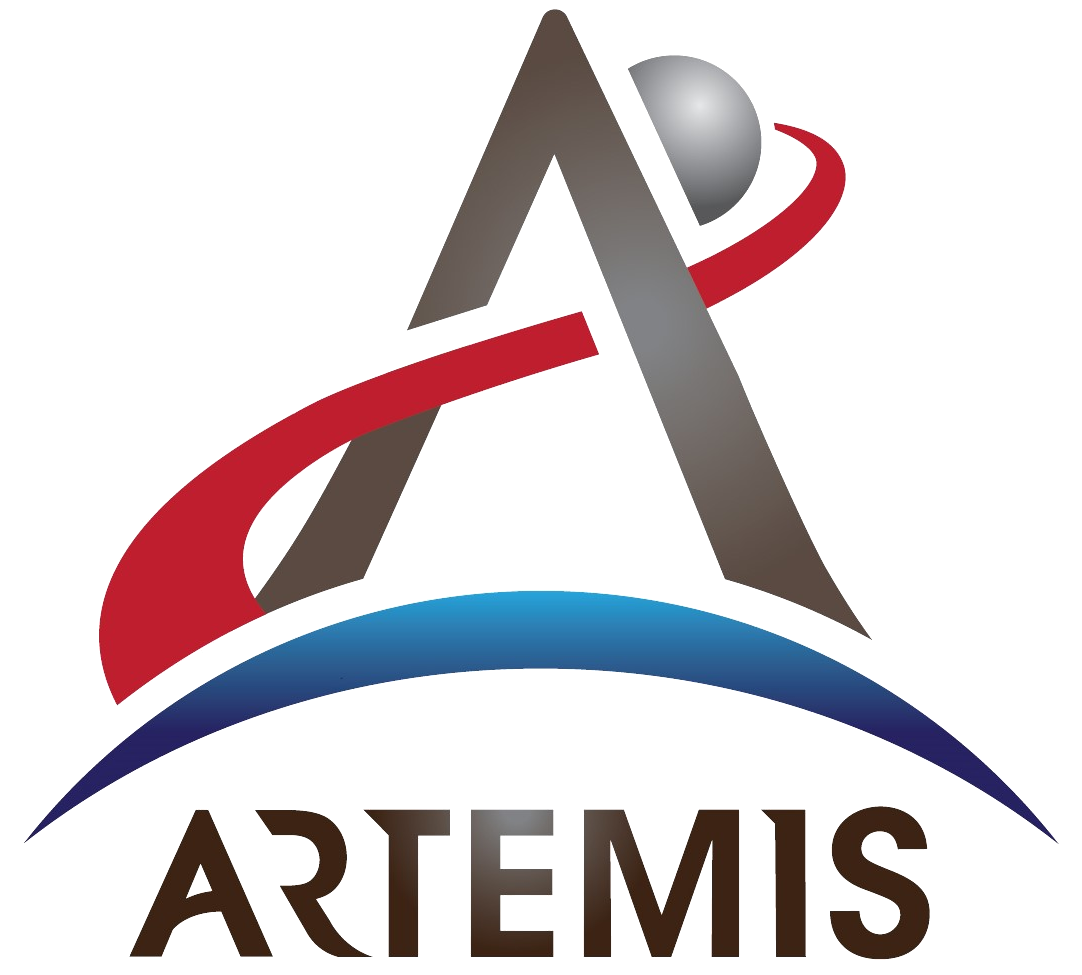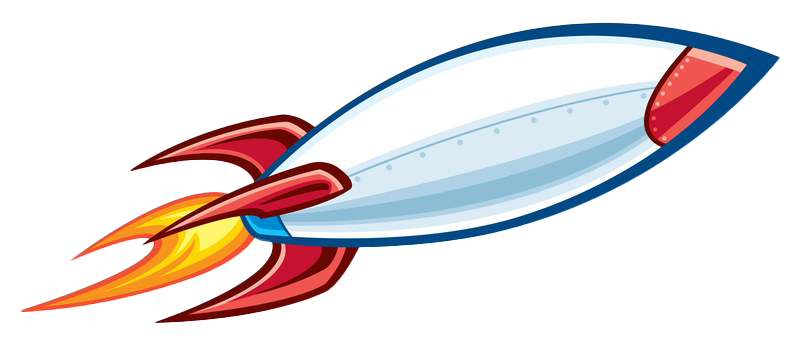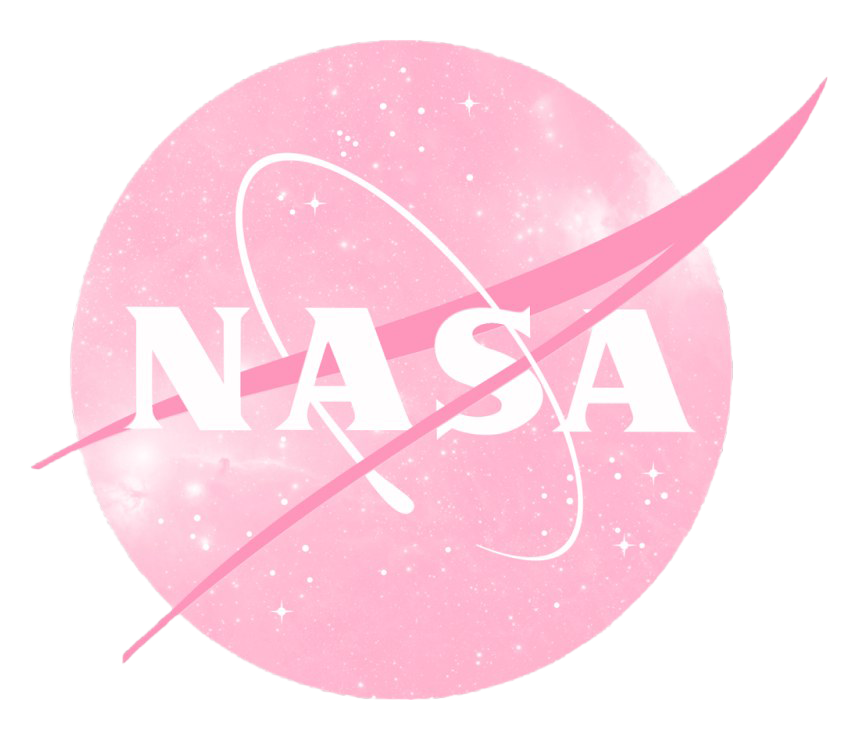Download free NASA PNG Transparent Images, vectors, and clipart for personal or non-commercial projects. Ideal for any design or creative projects. To view the full PNG image in its original resolution, simply click on any of the thumbnails below.
The National Aeronautics and Space Administration (NASA) is an independent agency of the US federal government responsible for the civilian space program, as well as for aeronautics and space exploration.
- Headquarters: Washington, D.C., United States
- Preceding agency: NACA (1915–1958);
- Founder: Dwight D. Eisenhower
- Founded: 29 July 1958, United States
- Administered by: Jim Bridenstine
- Subsidiaries: Johnson Space Center
NASA was established in 1958 following the National Advisory Committee for Aeronautics (NACA). The new agency was to have a clear civic orientation conducive to peaceful applications in space science. From the very beginning, NASA conducted most of the space exploration work, including the Apollo Moon landing mission, the SkyLab space station, and then the space shuttle. NASA supports the International Space Station and oversees the development of the Orion multipurpose spacecraft, spacecraft launch system, and commercial crew vehicles. The agency is also responsible for the Service Launch Program, which monitors NASA’s launch and countdown operations for NASA’s non-deployable launches.
NASA’s science focuses on a better understanding of the Earth through the Earth Observation System; improvement of heliophysics thanks to the efforts of the Heliophysics Research Program; exploration of bodies in the solar system with extended missions on robotic spaceships such as New Horizons; and the study of topics in astrophysics, such as the Big Bang, through the Big Observatories and related programs.
NASA has conducted many fully equipped and uncrewed space flight programs throughout its history. The developed programs launched the first American artificial satellites into orbit of the Earth for scientific and communication purposes and sent scientific probes to study the planets of the solar system, starting from Venus and Mars and including “grand tours” on outer planets. The crew programs sent the first Americans to low Earth orbit (LEO), won the space race with the Soviet Union, dropped twelve people on the moon from 1969 to 1972 in the Apollo program, developed the reusable space shuttle and developed the space capabilities of LEO. The station itself and with the help of several other peoples, including post-Soviet Russia. Some missions include both the crew and undeveloped aspects, such as the Galileo probe, which was put into orbit by the astronauts before being sent to Jupiter.



